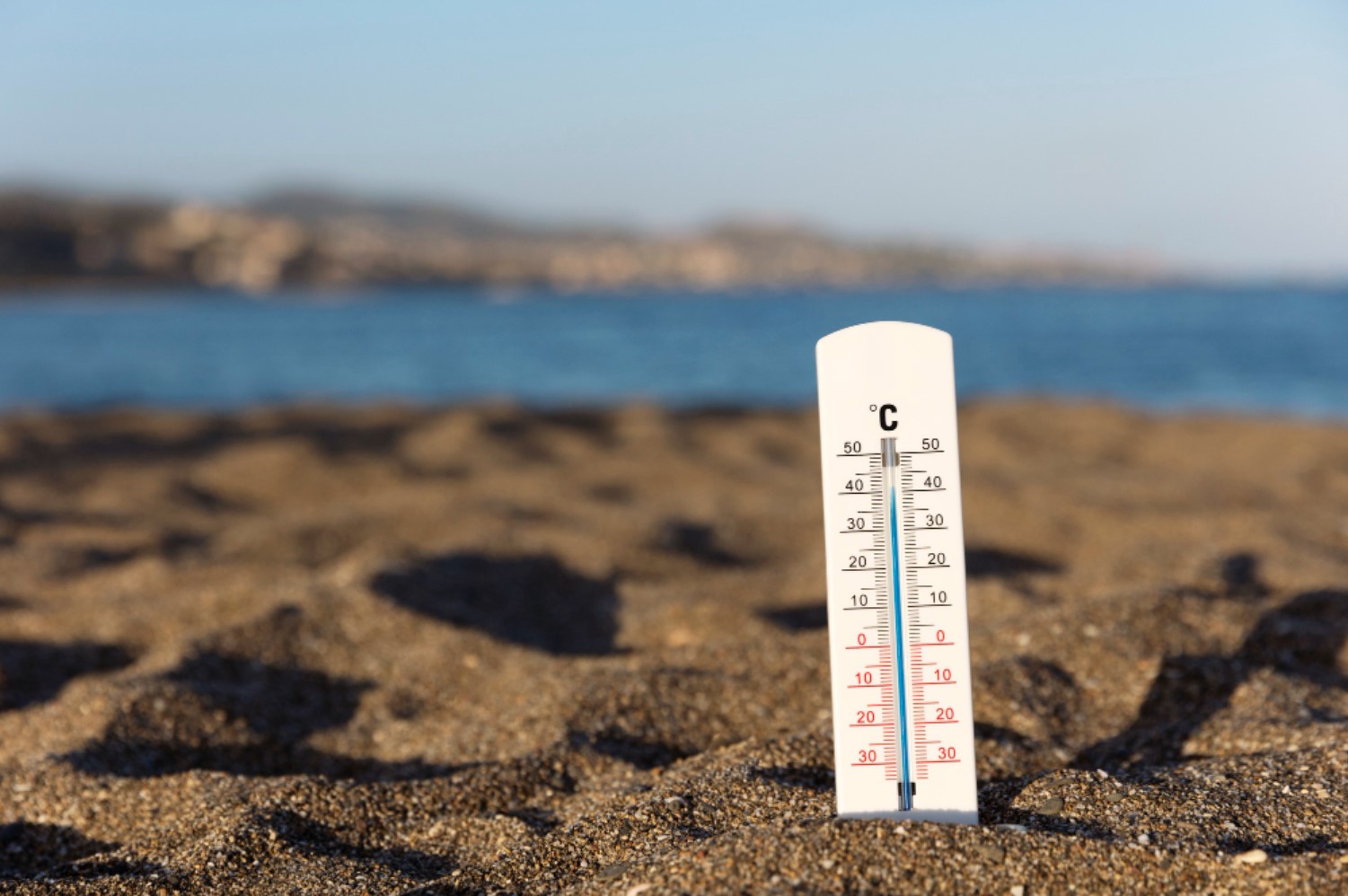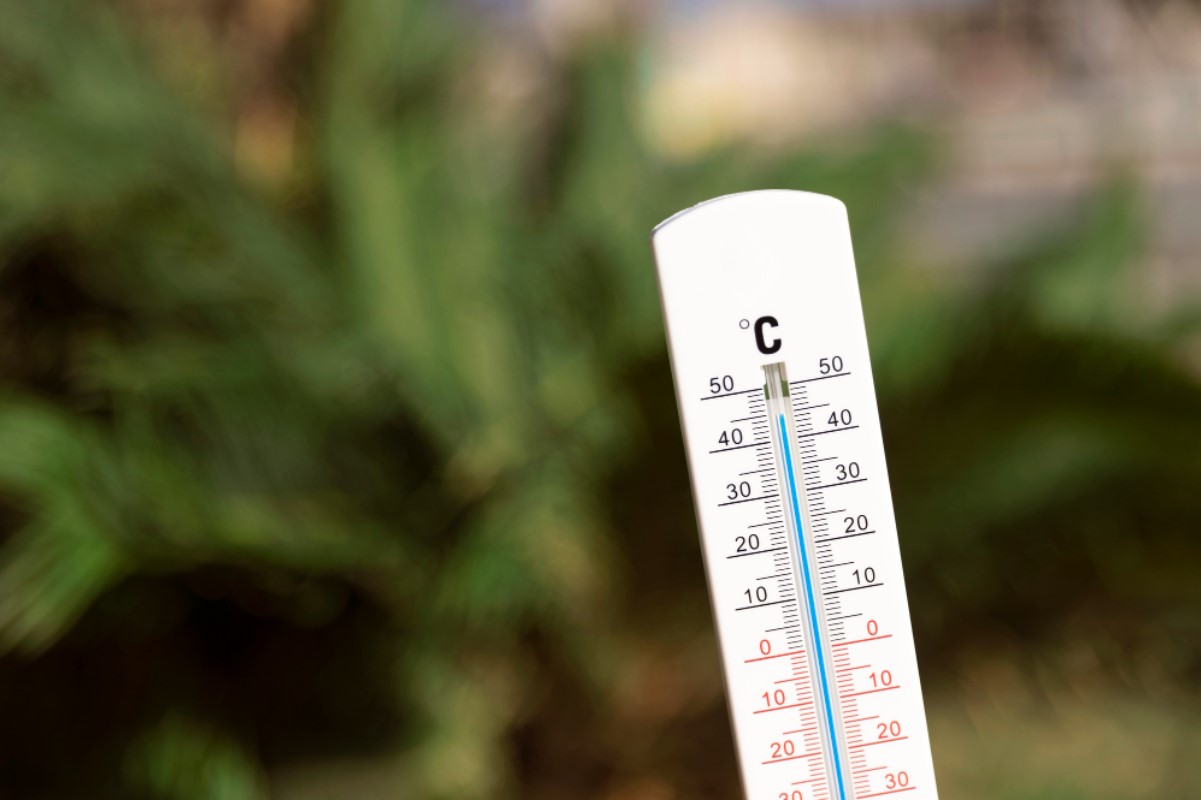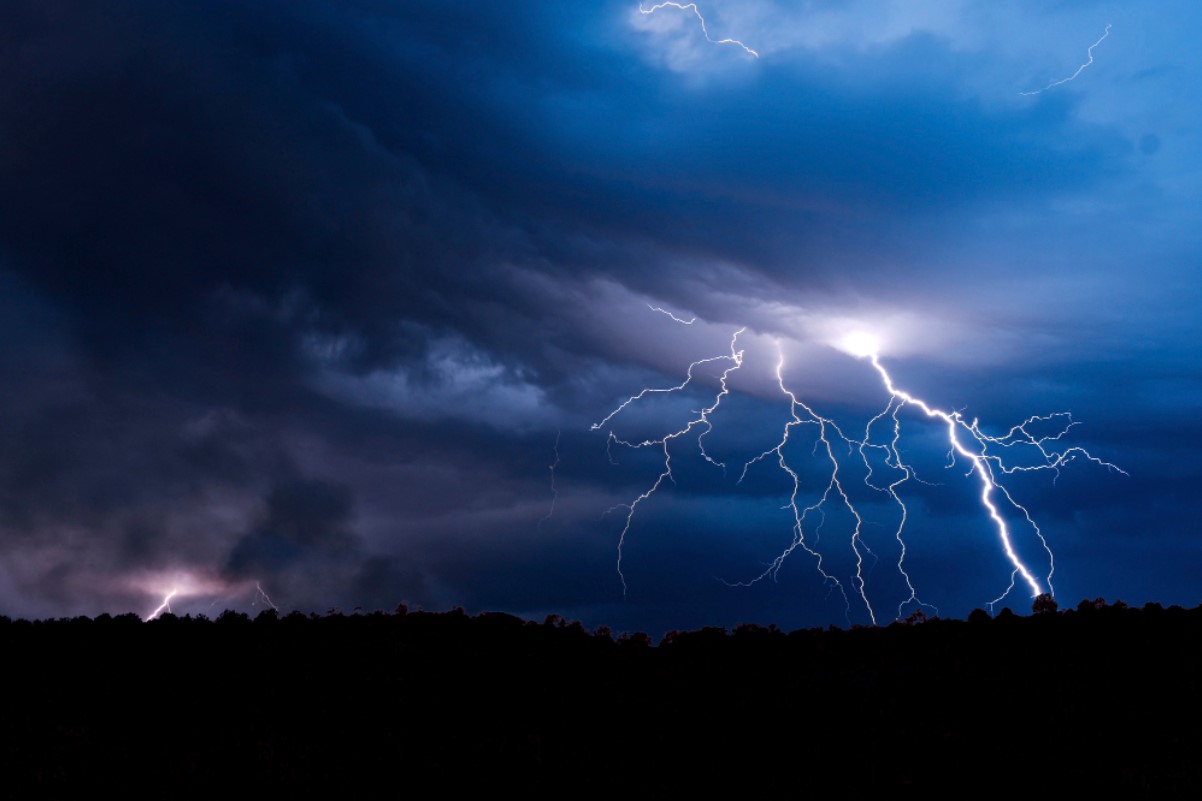Global Warming Myth Debunked: No Pause Since 1998, Earth Continues to Heat Up
The persistent notion that global warming halted after the climatic peak of 1998 has been a controversial theory, intriguingly maintained by those who oppose climate change over the past several decades.
Environmentalists have repeatedly disputed this claim, claiming the scientific community has thoroughly debunked it. According to the experts, the reality is that the Earth continues to warm at an alarming rate.
What Was the Climatic Peak of 1998?
The people who deny the idea that climate change is being fueled and hastened by human intervention often cite the quote, “Global warming stopped in 1998.”

Source: Freepik
The basis of their evidence for this claim rests on the idea that in 1998, the entirety of the world experienced an exceptional rise in global temperatures due to the El Niño event.
El Niño Event
According to climate.gov, “El Niño is the warm phase of a powerful natural climate oscillation in the tropical Pacific Ocean.”

Source: Wikimedia
The naturally occurring event led to the highest one-year jump in global temperatures when it occurred in 1998 and ultimately became the backbone of the theory for a select few who are against the idea that humans are causing climate change.
Hottest Year of the 20th Century
The El Niño event played a role in marking 1998 as the hottest year of the twentieth century on record.

Source: Freepik
This gives off the impression that consequent years portray a cooling trend, which has been used as evidence to suggest climate change isn’t real to some degree.
Misrepresentation of El Niño Event’s Data
Experts have claimed, however, that climate change deniers misrepresented the data of the El Niño event, arguing that they focused on short-term trends as opposed to the obvious long-term warming trend.

Source: Freepik
According to some of the world’s leading climate experts, the years following 1998 have been much warmer than those before the El Niño event.
Top Ten Hottest Days on Record
The evidence to support this claim centers on the fact that ten of the warmest years on record have all occurred since 2010.

Source: Wikimedia
Eight of these years occurred between 2015 and 2023, suggesting that the world is, in fact, warming at an unprecedented rate.
Differentiating Between Weather and Atmospheric Data
To truly understand climate change, one must be able to differentiate between weather events that could affect the climate in the short-term and long-term atmospheric data.

Source: Freepik
Experts allege that the rising global temperatures experienced worldwide are the result of climate change, not weather patterns.
Spike in Global Temperatures
The spike in global temperatures observed in 1998 was an anomaly, coincident with the already warming temperatures caused by human activities, including the burning of fossil fuels.

Source: Freepik
This is supported by the idea that 90% of the heat produced by global warming is absorbed by the oceans, the temperatures of which have been increasing since before 1998.
Natural Events Have No Effect on Long-Term Warming
Natural events such as El Niño and La Niña can cause short-term impacts on global temperatures.

Source: Freepik
However, these events do not affect the data collected by experts that examine the long-term warming trend that’s been occurring for many decades.
The Cherry Picking of Data
According to climate experts, however, using short-term events such as El Niño and La Niña to suggest that global warming is slowly reducing is nothing more than cherry-picking data.

Source: Freepik
“Attributing these short-term peaks or lulls to a halt in global warming is nothing more than cherry-picking data,” said one researcher, alleging that it is ultimately a practice that refuses to take note of comprehensive trends.
Proof that the Earth Is Getting Warmer
When it truly comes down to it, land and ocean records coupled with satellite data all confirm that the Earth’s temperature is continuing to rise.

Source: Freepik
The world’s oceans, which are constantly absorbing more greenhouse gases, have reached unprecedented temperatures, all of which reinforces the idea that global warming is a reality humanity must face.
Global Warming Has Not Hit the Pause Button
In conclusion, experts around the world have produced sufficient evidence to suggest that global warming has not paused since the El Nino event in 1998.

Source: Freepik
On the contrary, the world’s temperatures are rising, most of which is the result of human activities, which we refer to as man-made climate change.
